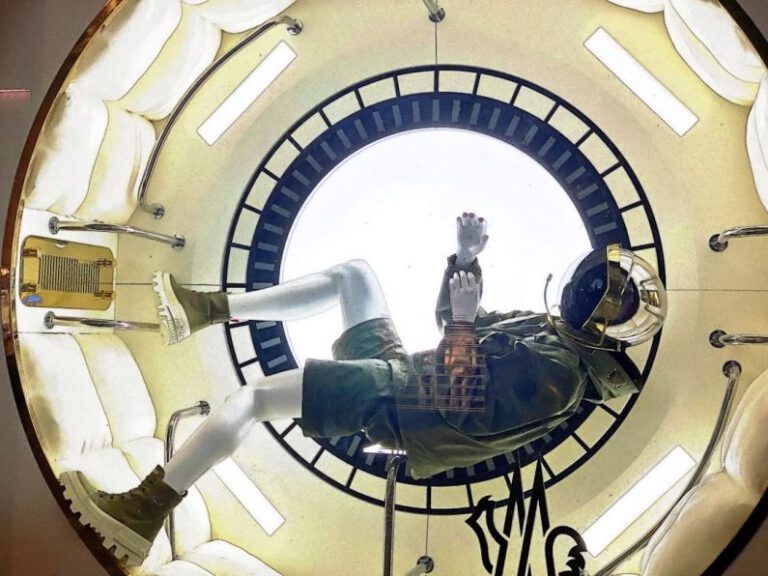Lunar Habitats: Living on the Moon
The idea of living on the moon has long captured the imagination of humanity. With advancements in technology and space exploration, the possibility of establishing lunar habitats is becoming increasingly feasible. The moon, Earth’s only natural satellite, presents a unique environment that offers both challenges and opportunities for human habitation. In this article, we will delve into the concept of lunar habitats and explore the potential of living on the moon.
**The Moon as a Potential Habitat**
The moon’s surface may seem inhospitable with its lack of atmosphere and extreme temperatures, but it holds promise as a potential habitat for humans. Establishing lunar habitats could serve as a stepping stone for further space exploration, allowing astronauts to live and work on the moon for extended periods. Furthermore, the moon’s proximity to Earth makes it a convenient location for conducting research and testing technologies for future missions to Mars and beyond.
**Challenges of Lunar Living**
Living on the moon comes with its own set of challenges. One of the primary obstacles is the harsh lunar environment, which exposes inhabitants to high levels of radiation and micrometeoroid impacts. Additionally, the lack of a breathable atmosphere means that lunar habitats would need to provide a controlled environment with life support systems to ensure the health and safety of residents. Overcoming these challenges will require innovative engineering solutions and careful planning to create sustainable habitats on the moon.
**Designing Lunar Habitats**
Designing lunar habitats involves considering various factors such as protection from radiation, temperature regulation, and resource utilization. One approach is to build habitats underground or within natural caves to shield against radiation and temperature extremes. Another option is to use advanced materials and construction techniques to create durable structures that can withstand the lunar environment. Additionally, utilizing local resources such as lunar regolith for construction materials and 3D printing technologies can help reduce the cost and logistical challenges of building on the moon.
**Sustainability and Self-Sufficiency**
Achieving sustainability and self-sufficiency will be crucial for long-term lunar habitation. Lunar habitats will need to be equipped with renewable energy sources such as solar panels to power life support systems and other equipment. Water recycling systems and hydroponic gardens can provide residents with a sustainable source of food and water. Developing closed-loop systems that minimize waste and maximize resource efficiency will be essential for creating a self-sustaining lunar community.
**The Future of Lunar Habitats**
As technology continues to advance, the dream of living on the moon is edging closer to reality. NASA and other space agencies are actively working on plans for lunar missions and the establishment of permanent lunar habitats. Private companies are also joining the race to develop commercial lunar ventures, paving the way for a new era of space exploration and habitation. The future of lunar habitats holds exciting possibilities for expanding human presence beyond Earth and opening up new frontiers in space.
**In Summary**
Living on the moon presents a unique set of challenges and opportunities for humanity. Establishing lunar habitats will require innovative solutions to overcome the harsh lunar environment and create sustainable living conditions for residents. With ongoing advancements in technology and space exploration, the dream of living on the moon is closer than ever before. As we look to the future, the prospect of lunar habitats offers a glimpse of the possibilities that await us in the vast expanse of space.






